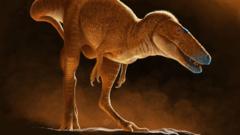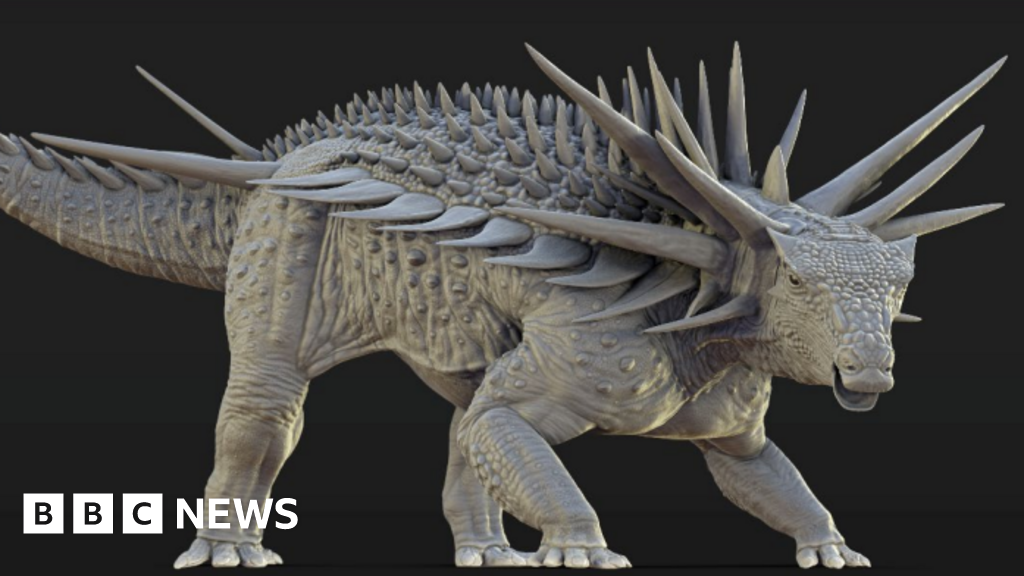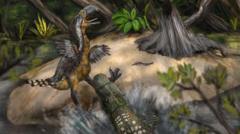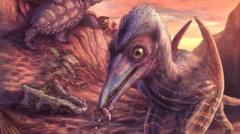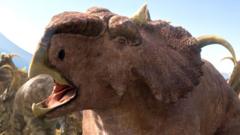Scientists have made an exciting breakthrough in the world of paleontology with the identification of a new dinosaur species that promises to change our understanding of tyrannosaur evolution. Named Khankhuuluu mongoliensis, which translates to "Dragon Prince of Mongolia," this species was uncovered in the collections of a museum in Mongolia. Researchers have determined that it is the closest known ancestor to all tyrannosaurs, meaning it holds the key to unlocking the evolutionary history of these formidable predators, including the renowned T.rex.
Published in the esteemed journal Nature, this discovery stems from the examination of two skeletons estimated to be around 86 million years old. According to Prof. Darla Zelenitsky from the University of Calgary, the term "Prince" signifies that Khankhuuluu represents a smaller, earlier member of the tyrannosauroid family. "Tyrannosauroids are characterized as two-legged carnivorous dinosaurs," she elaborated. In contrast to their massive descendants, the original tyrannosauroids were diminutive and agile, skirting beneath the shadow of larger dinosaurs.
The significance of Khankhuuluu lies in its transitional nature, bridging the gap between these smaller hunters and their titanic successors, giving insight into the evolutionary journey that led to the powerful, bone-crunching jaws of T.rex. Weighing around 750 kg, the newly identified species exemplifies an important evolutionary step, indicating the early development of features that would allow the later giants to execute formidable predatory feats.
PhD student Jared Voris, who spearheaded the research, indicated that the anatomical characteristics of Khankhuuluu's skull may have laid the groundwork for the powerful bite that we associate with later tyrannosaurs. This discovery not only sheds light on the physical traits that crafted the dominance of these carnivorous giants but also emphasizes the geographical movement of dinosaurs across ancient land bridges connecting Asia to North America, influencing evolutionary paths over millions of years.
The two skeletons studied were originally discovered in Mongolia in the 1970s, initially classified under a different species name, Alectrosaurus. However, Voris's more detailed examination highlighted distinctive tyrannosaur-like characteristics, prompting the reclassification of the specimens as a new species. "Receiving that text from Jared indicating he might have discovered a new species was a thrilling moment," Prof. Zelenitsky recalled.
As researchers continue to piece together the complex tyrannosaur family tree, the discovery of Khankhuuluu mongoliensis invites a deeper understanding of these ancient creatures. "Before they became kings of their domains, these dinosaurs were indeed princes," Zelenitsky concluded, illustrating the finely woven tapestry of evolutionary history.

